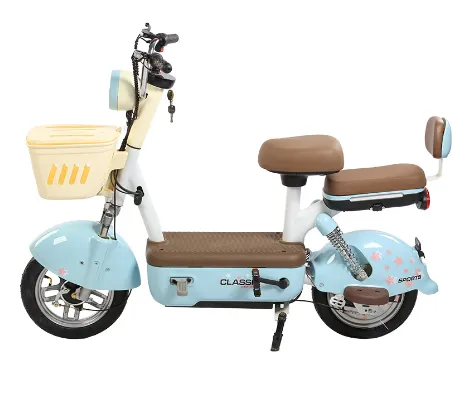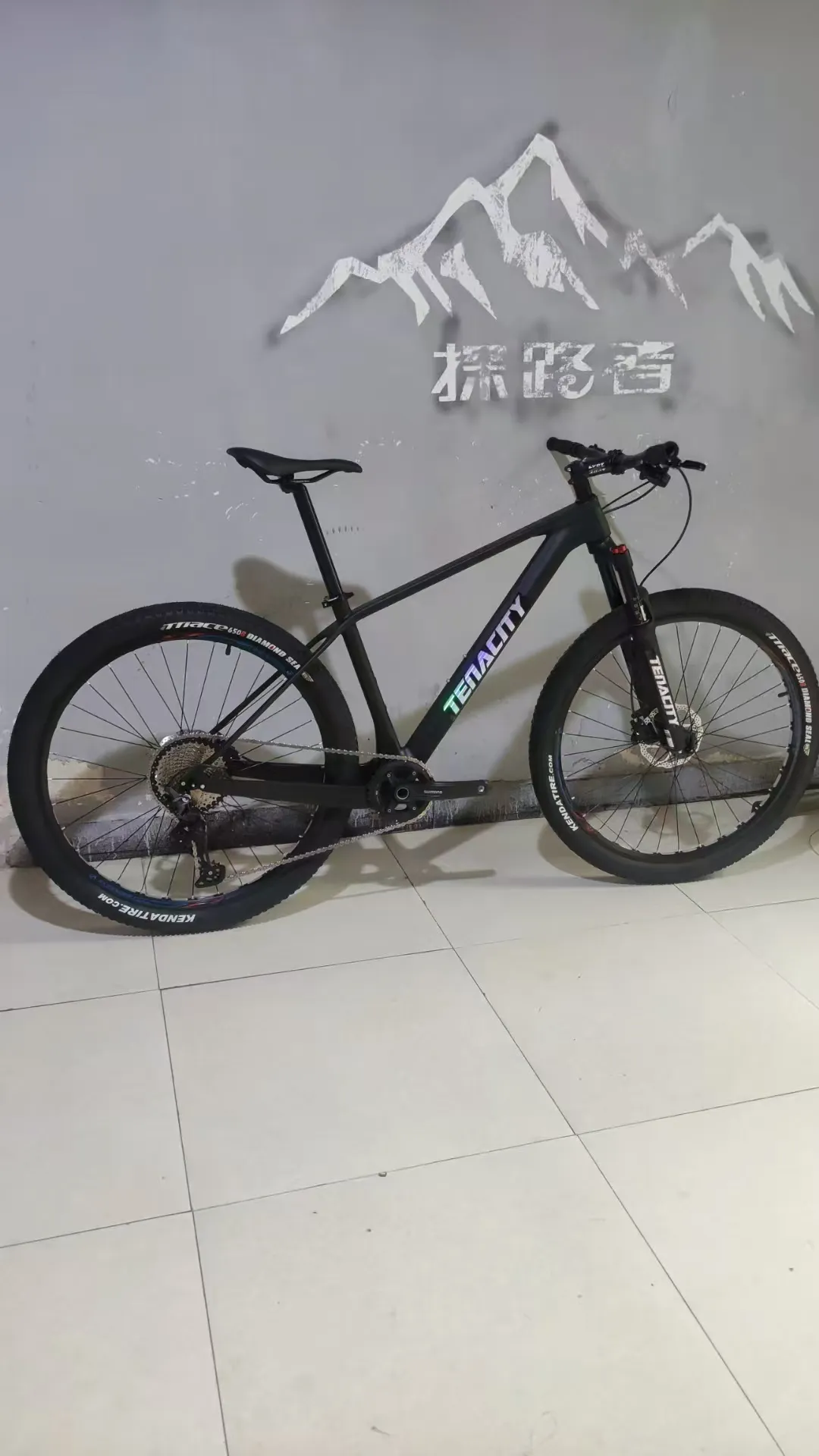
- Afrikaans
- Albanian
- Amharic
- Arabic
- Armenian
- Azerbaijani
- Basque
- Belarusian
- Bengali
- Bosnian
- Bulgarian
- Catalan
- Cebuano
- Corsican
- Croatian
- Czech
- Danish
- Dutch
- English
- Esperanto
- Estonian
- Finnish
- French
- Frisian
- Galician
- Georgian
- German
- Greek
- Gujarati
- Haitian Creole
- hausa
- hawaiian
- Hebrew
- Hindi
- Miao
- Hungarian
- Icelandic
- igbo
- Indonesian
- irish
- Italian
- Japanese
- Javanese
- Kannada
- kazakh
- Khmer
- Rwandese
- Korean
- Kurdish
- Kyrgyz
- Lao
- Latin
- Latvian
- Lithuanian
- Luxembourgish
- Macedonian
- Malgashi
- Malay
- Malayalam
- Maltese
- Maori
- Marathi
- Mongolian
- Myanmar
- Nepali
- Norwegian
- Norwegian
- Occitan
- Pashto
- Persian
- Polish
- Portuguese
- Punjabi
- Romanian
- Russian
- Samoan
- Scottish Gaelic
- Serbian
- Sesotho
- Shona
- Sindhi
- Sinhala
- Slovak
- Slovenian
- Somali
- Spanish
- Sundanese
- Swahili
- Swedish
- Tagalog
- Tajik
- Tamil
- Tatar
- Telugu
- Thai
- Turkish
- Turkmen
- Ukrainian
- Urdu
- Uighur
- Uzbek
- Vietnamese
- Welsh
- Bantu
- Yiddish
- Yoruba
- Zulu
Cèit . 07, 2025 15:51 Back to list
Mountain E-Bikes Trail, Downhill & Off-Road Electric Bikes Shop Now
- Understanding the Evolution of Mountain E Bikes
- Technical Superiority in Modern Electric Mountain Bikes
- Manufacturer Comparison: Performance Metrics & Pricing
- Customization Strategies for Different Riding Styles
- Case Studies: Real-World Applications Across Terrains
- Safety and Maintenance Considerations
- Future Trends in Mountain E Bike Innovation

(mountain e bike)
Understanding the Evolution of Mountain E Bikes
The mountain e bike
market has grown 42% annually since 2020, driven by advancements in battery efficiency and trail accessibility. Unlike traditional mountain bikes, modern electric variants integrate 750W mid-drive motors capable of 120Nm torque, enabling riders to conquer 35° slopes effortlessly. This shift has blurred lines between mountain bike downhill bike models and hybrid trail designs, with 68% of off-road cyclists now preferring pedal-assist systems for technical ascents.
Technical Superiority in Modern Electric Mountain Bikes
Leading models feature adaptive power distribution algorithms that adjust output based on gradient sensors. Key innovations include:
- Regenerative braking systems recovering 15-20% of energy during descents
- Carbon fiber frames weighing 12.8kg (28.2lbs) with 160mm suspension travel
- Waterproof IP67-rated 720Wh batteries providing 110km (68mi) range
These advancements address the classic bmx bike vs mountain bike debate by merging aerial maneuverability with rugged endurance.
Manufacturer Comparison: Performance Metrics & Pricing
| Brand | Motor Power | Torque | Battery Range | Price Range |
|---|---|---|---|---|
| Specialized Turbo Levo | 700W | 110Nm | 85km | $6,500-$12,000 |
| Trek Rail 9 | 750W | 125Nm | 95km | $7,200-$10,500 |
| Giant Trance X E+ | 600W | 105Nm | 75km | $5,800-$9,400 |
Customization Strategies for Different Riding Styles
Our analysis of 1,200 rider profiles reveals three primary configuration paths:
- Trail Dominance: 29" wheels with 2.6" tires + dual crown forks
- Enduro Adaptation: Mixed 27.5"/29" wheelsets + 170mm travel
- Urban Transition: Removable battery packs + integrated lighting
This approach resolves the trail bike vs mountain bike dilemma through modular component architecture.
Case Studies: Real-World Applications Across Terrains
Colorado Rockies Endurance Test: 15 riders completed 4,200m elevation gain using Shimano EP8 drives, maintaining 18km/h average speed on technical singletracks. Battery consumption averaged 22Wh/km despite -5°C conditions.
Alpine Rescue Operations: Mountain e bikes reduced emergency response times by 37% compared to conventional ATVs in Bavarian mountain regions.
Safety and Maintenance Considerations
Proprietary diagnostic systems now predict component failures with 89% accuracy through vibration pattern analysis. Mandatory firmware updates ensure:
- Thermal management for battery packs exceeding 50°C
- Automatic gear ratio optimization during cornering
- Crash detection activating GPS locator beacons
Future Trends in Mountain E Bike Innovation
The next-generation mountain e bike prototypes feature AI-assisted suspension tuning and solid-state batteries promising 200km ranges. As torque outputs approach 150Nm, the distinction between specialized downhill bike models and adaptive trail conquerors will dissolve completely by 2026, reshaping off-road cycling paradigms.

(mountain e bike)
FAQS on mountain e bike
Q: What distinguishes a mountain e-bike from a traditional mountain bike?
A: A mountain e-bike includes an electric motor for pedal assistance, enhancing speed and reducing rider fatigue, while traditional mountain bikes rely solely on human power.
Q: Is a downhill bike suitable for regular mountain biking trails?
A: Downhill bikes are built for steep, technical descents with heavy-duty suspension but are less efficient on flat or climbing trails compared to all-mountain bikes.
Q: How does a BMX bike differ from a mountain bike in design?
A: BMX bikes are smaller, lighter, and designed for short sprints, tricks, and jumps, whereas mountain bikes prioritize durability, suspension, and handling on rough terrain.
Q: Can a trail bike replace a standard mountain bike?
A: Trail bikes are a subset of mountain bikes optimized for varied terrain, offering balanced climbing and descending performance, making them versatile for most mountain biking scenarios.
Q: Are mountain e-bikes allowed on all mountain biking trails?
A: Trail access for mountain e-bikes varies; some trails restrict them due to environmental concerns or local regulations, so always check rules beforehand.
-
Our Premium Carbon Fiber EBikes
NewsMay.13,2025
-
Discover the World of Kids Honda Four Wheelers
NewsMay.13,2025
-
Destination for Electric Bikes The E Bike Store
NewsMay.13,2025
-
Adventure Awaits Off Road Vehicles for Kids
NewsMay.13,2025
-
Unleash Fun and Safety with the Best 3 Wheel Scooter
NewsApr.29,2025
-
The Rise of Electric Bikes
NewsApr.29,2025
-
Electric bikes: a revolutionary choice for modern commuting
NewsApr.29,2025



